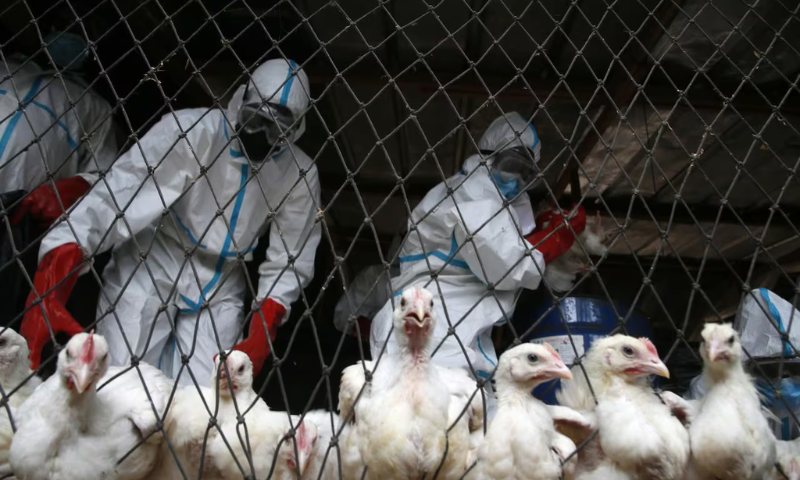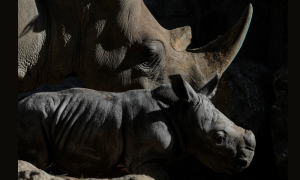ISLAMABAD: Scientists tracking the spread of bird flu have expressed concern that gaps in surveillance may keep them several steps behind a new pandemic.
Many of the scientists have been monitoring the new subtype of H5N1 avian flu in birds migrating from different regions since 2020.
The spread of the virus to 129 dairy herds in 12 states of the United States, shows that the virus is coming closer to becoming communicable in humans. The Infections have also been found in other animals from alpacas to house cats.
“It almost seems like a pandemic unfolding in slow motion,” Scott Hensley, a professor of microbiology at the University of Pennsylvania told Reuters. He said the threat right now is pretty low but that could change very soon.
According to the experts, earlier the warning of the virus spread to humans, the sooner international health officials can take steps to protect people by launching vaccine programs, wide-scale testing and other containment measures.
Dutch flu virologist Ron Fouchier of the Erasmus Medical Center in Rotterdam said we need to know which are the positive farms, how well the virus spreads, how many of the cows are positive, how long these cows remain infectious and the exact route of transmission.
Dr. Jeanne Marrazzo, director of the U.S. National Institute of Allergy and Infectious Diseases, said surveillance for humans is quite limited. She added the U.S. Department of Agriculture is more proactive in carrying out testing on cows but does not declare which farms are affected.
Gigi Gronvall, a biosecurity expert at the Johns Hopkins Center for Health Security said if you were designing the system from scratch, you would have one agency.
Some pandemics, including COVID-19, came with a little warning. In the last flu pandemic, caused by H1N1 in 2009, the virus had first spread among animals for many years, said Scott Hensley.
Three people have tested positive in the US for H5N1 avian flu since March after contact with cows, with mild symptoms. One person in Mexico was also infected with a separate H5 strain not previously seen in humans.
The World Health Organization says H5N1’s risk to humans is quite low because there is no evidence of human transmission. There are mechanisms to start larger-scale production of tests, treatments and vaccines if required, said the U.N. agency’s head of flu, Wenqing Zhang.
According to some other experts, there is sufficient concern to start preparing for a potential spread in humans. Some countries are taking measures to protect people against H5N1. The United States and Europe are securing flu vaccines that could be used for high-risk groups.























